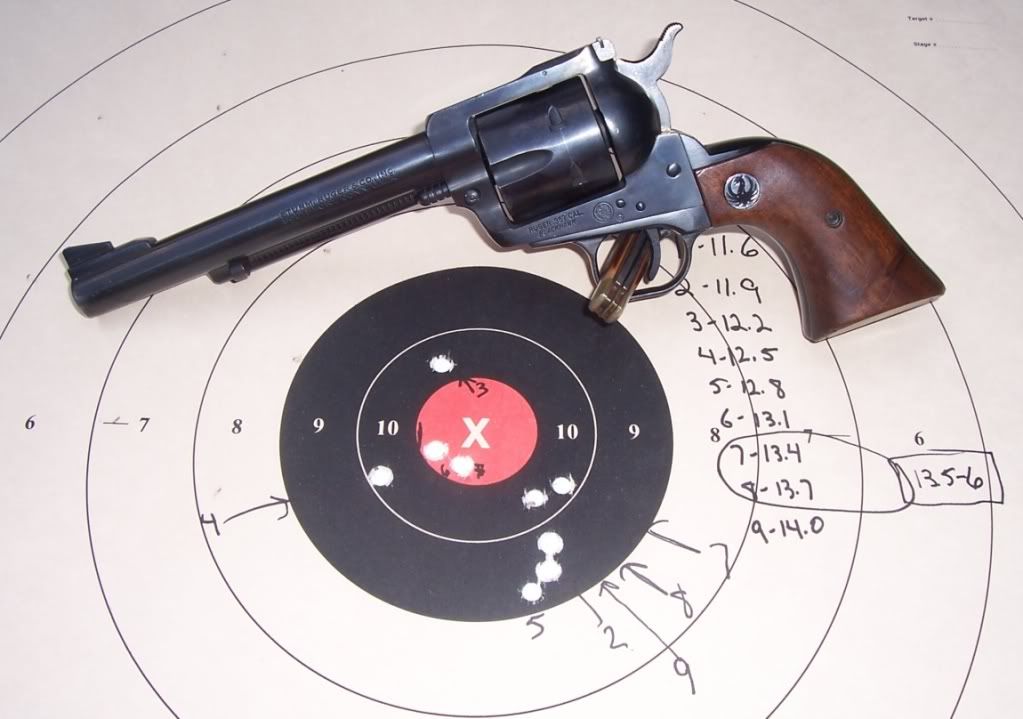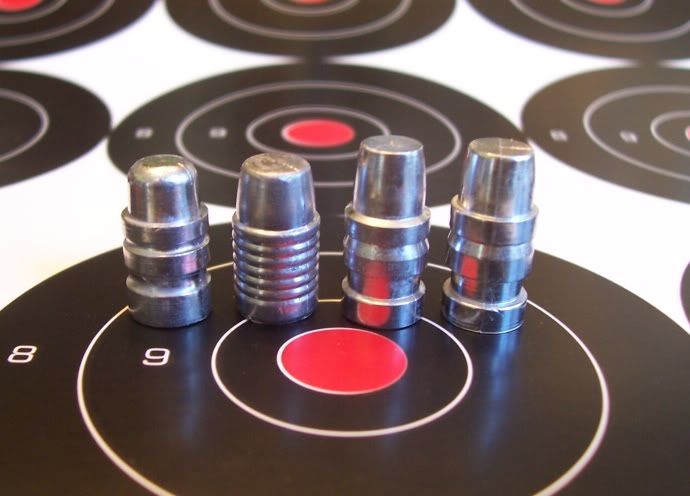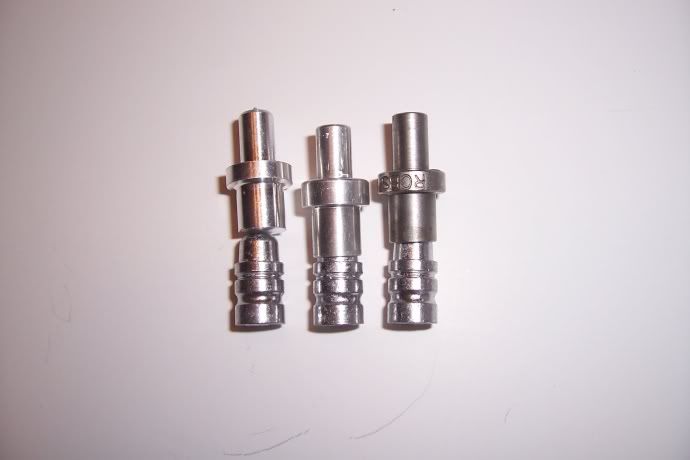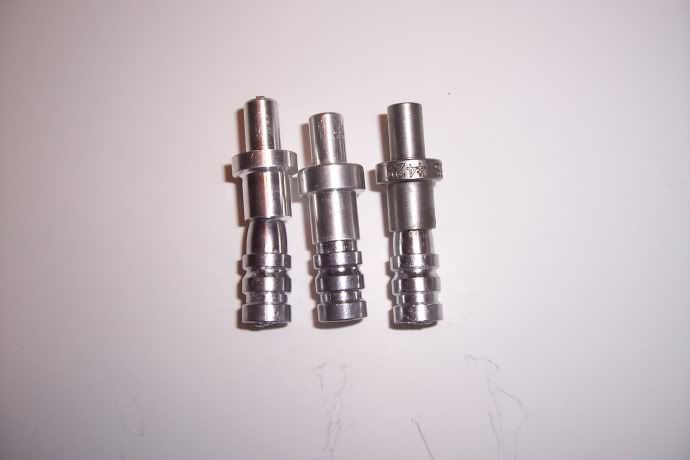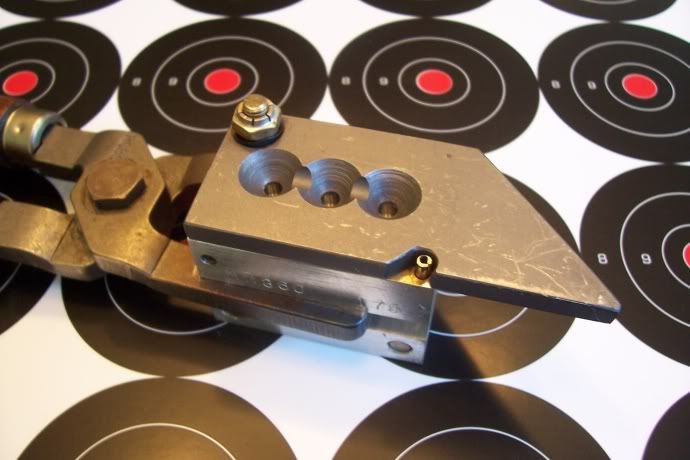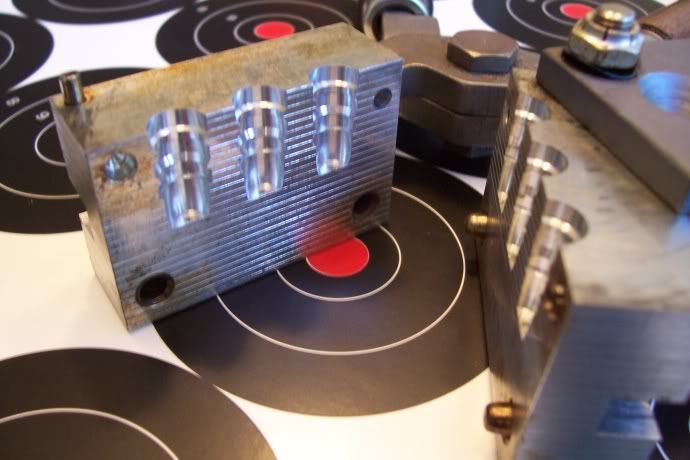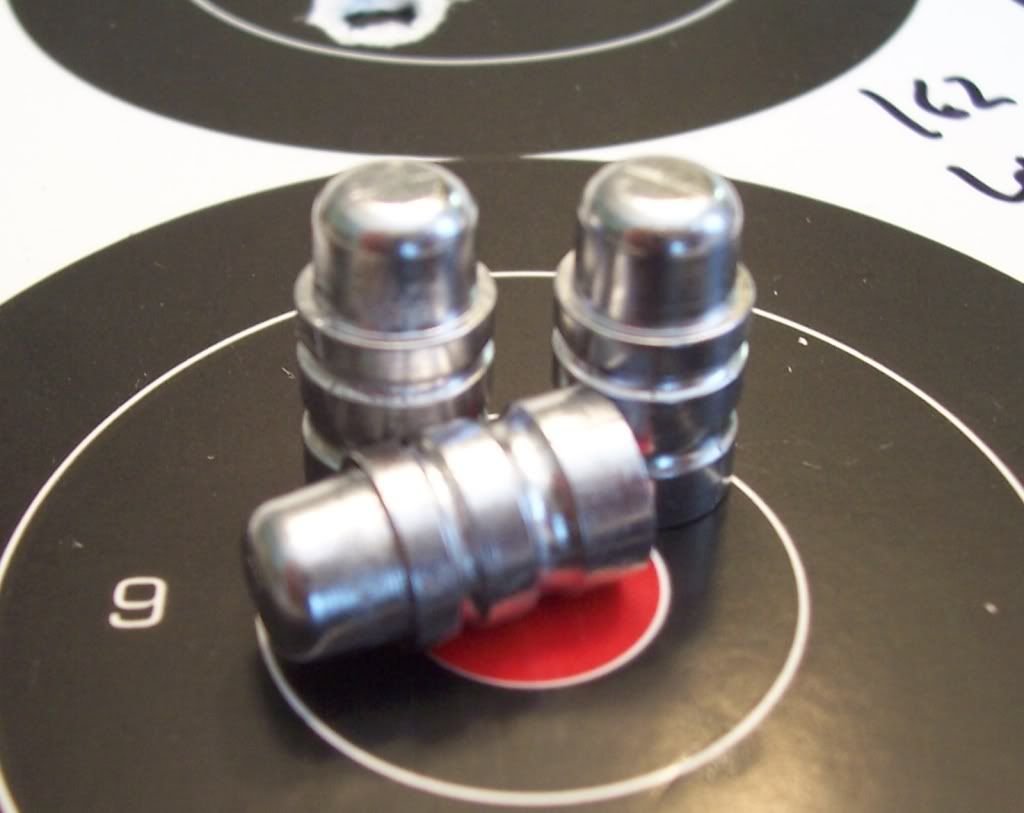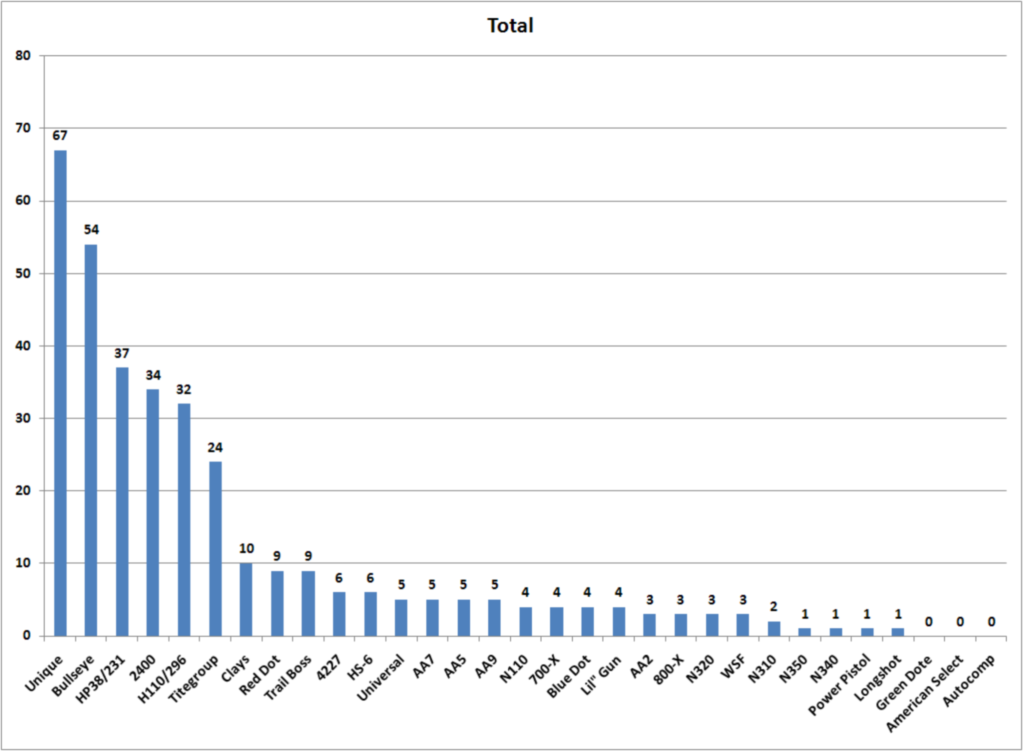Accuracy at 25 yards, rested and measured with calipers to .01 inch tells me that they can all shoot equally well. OK, not exactly all of them. The Blackhawk and Taurus are tied for the most accurate with a very slight advantage over the others. Slight means within .2 inches, which is way beyond my abilitiy and within the area of shooter error. But the difference in measurement does exist and seems to persist and be repeatable.
If you spent big bucks on your 357 revolver and just love it, that's perfect. If you spent less and just love it, that's perfect too. An $800 or $1,200 revolver is one great revolver, it just doesn't outshoot a $400 revolver. I haven't tested a Freedom Arms, because they are out of my price range. They may in fact be more accurate, but I'll probably never know for sure.
I decided to change things up a bit and sold the Blackhawk.
It was a good test bed and a fun gun to shoot. In it's place is a used Taurus 669, according to the Taurus serial number lookup it was manufactured in 1992. I want to see how it performs, compared to the other guns. If you are looking for a good buy, the post mid-1980's Taurus are well made pieces.
I found one on GunBroker.com, that had no one bidding on it, with no reserve. I figure folks have heard horror stories about Taurus and want to avoid them. Hang out on the TaurusArmed.net and you'll get a different story.
Long story short, here's my new-to-me 669, 6 inch and 6 shot revolver:
This fine looking revolver cost me $269, plus the usual costs for shipping and FFL fees (the Federal Transfer Fee for those outside the USA). I've had it for a few days, and have learned a lot about what cast bullets it likes, and what it doesn't like. Full house loads of 180 grain Keith bullets, over 13.5 grains of H110, rested at 25 yards suprised me with this first group:
Pretty good, especially with the iron sights. Actually, that's exellent! This Taurus, like the prior Taurus, doesn't respond well to loads using Unique powder. But is warming up to faster powders like 700X and Bullseye.
More results wil be coming, after a brief Christmas break. That's not all that's changing around here. To start the new year off, I took the top four bullet moulds:
They have all been sold on eBay. The lapped Lyman 358-477, the lapped Lee TL-358-158 SWC, the Lyman 358-429 and even the new custom made Mountain Molds 358-429 180 grain Keith. It was the single best performing bullet in the Blackhawk. It wasn't around when I had the Taurus 66 so there's no direct comparison available.
On the way, hopefully soon, is a custom 6 cavity Lee mould. I produced the design and they are cutting the mould. It'll basically be a 6 cavity version of the 180 custom Keith. It's expensive, but the best bullet I've shot in any gun to date. With the custom tooling it's costing $205. That's almost as much as my gun!
I plan to work with that new mould, and to dust off a 200 grain SWC from NOE. One of my favorite mould manufactuers. These heavies have been consistently outperforming the lighter bullets, and are the best that I've found. Working up a lighter load, and more testing to refine the full house loads will be the priority for next year.
The 669 has big throats, and likes the .360+ bullets unsized, so I'll walk you through how I determined that fact, and other key steps to getting superb accuracy. Casting and handloading a 357 magnum can produce terrific highly accurate results. But not every revolver will shoot lead effectively, that's an unfortunate truth.
There will be a few brief diversions to the Rossi, 20 inch 357 magnum lever action carbine too. Shooting loads of 700X and a Lee 358-125-RNFP, it is something to behold.
More info and test results are coming soon! Shoot well and have fun at the range.
